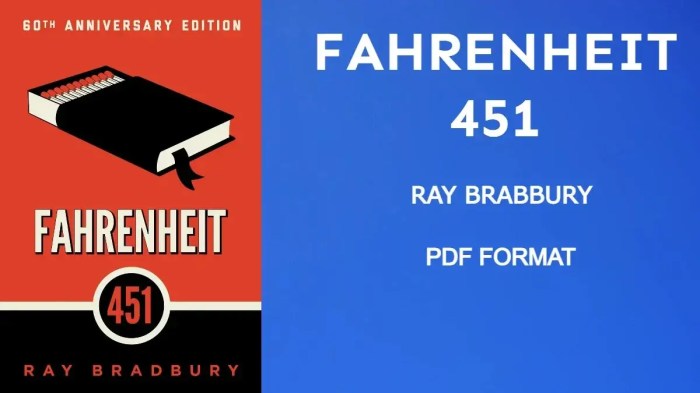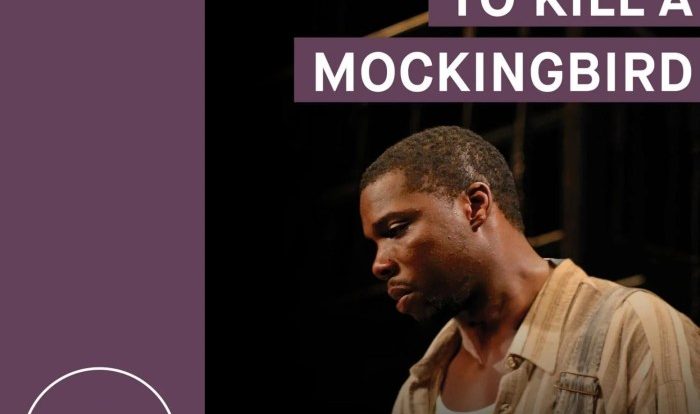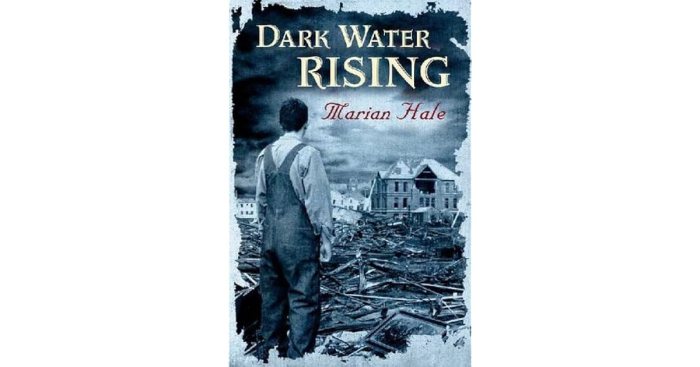Immerse yourself in the literary masterpiece, One Pager Lord of the Flies, a captivating exploration of human nature and the clash between civilization and savagery. Join us as we delve into the depths of this iconic novel, unraveling its profound themes, complex characters, and enduring legacy.
Prepare to be transported to a deserted island where a group of young boys are left to fend for themselves, revealing the fragile balance between order and chaos, reason and instinct.
Literary Overview

A “one-pager” in literature refers to a short, concise work that conveys a complete narrative, idea, or experience within a single page. It presents a focused and impactful story or message without the length and complexity of a traditional novel or short story.
One-pagers challenge writers to distill their ideas into a succinct and compelling form, while providing readers with a quick and accessible literary experience. Notable examples include Ernest Hemingway’s “Hills Like White Elephants,” Raymond Carver’s “Cathedral,” and Amy Hempel’s “In the Cemetery Where Al Jolson Is Buried.”
Unique Challenges and Opportunities, One pager lord of the flies
Writing a one-pager poses unique challenges and opportunities. The brevity demands a keen eye for detail, precise language, and a masterful use of implication. Writers must carefully select each word and phrase to convey maximum impact.
However, this constraint also presents opportunities for experimentation and innovation. The limitations of a single page force writers to explore unconventional narrative structures, unconventional perspectives, and thought-provoking themes that may not be possible in longer works.
Summary of Lord of the Flies

Lord of the Flies is a classic novel by William Golding that explores the themes of civilization and savagery in the face of adversity. The story follows a group of British boys who are stranded on a deserted island after their plane crashes.
Initially, the boys attempt to establish a society based on democratic principles. However, as time passes, their efforts to maintain order and morality deteriorate. The boys divide into two factions: one led by Ralph, who represents civilization and order, and the other led by Jack, who represents savagery and chaos.
Key Events
- The boys’ plane crashes on a deserted island.
- Ralph and Piggy establish a democratic society.
- Jack and his hunters become increasingly savage.
- Simon is killed by the boys in a frenzy.
- Ralph is hunted down by Jack and his tribe.
Main Themes and Conflicts
- Civilization vs. savagery
- Order vs. chaos
- Innocence vs. corruption
Significance of Setting
The deserted island setting is crucial to the story. It isolates the boys from the influence of adults and allows them to create their own society. The island’s lush vegetation and abundant resources initially provide the boys with sustenance, but as their society descends into chaos, the island becomes a hostile and dangerous place.
Character Analysis

The characters in Lord of the Fliesrepresent different aspects of human nature and the struggle between civilization and savagery.
Ralph
Ralph is the elected leader of the boys. He is intelligent, fair, and tries to maintain order on the island. However, he is also naive and lacks the strength and ruthlessness to control the other boys.
Jack
Jack is Ralph’s rival and the leader of the hunters. He is strong, charismatic, and ambitious. However, he is also cruel, selfish, and power-hungry. Jack’s descent into savagery is one of the central themes of the novel.
Piggy
Piggy is an overweight, intelligent boy who is often ridiculed by the other boys. However, he is also loyal, resourceful, and has a good understanding of the dangers facing the group.
| Character | Role | Motivations |
|---|---|---|
| Ralph | Leader | To maintain order and civilization |
| Jack | Leader of the hunters | To gain power and control |
| Piggy | Intellectual | To survive and protect the group |
Symbolism and Allegory

Lord of the Fliesis a profound novel rich in symbolism and allegory. The island itself serves as a microcosm of society, while the characters embody different aspects of human nature.
Symbolism
The conch symbolizes order, civilization, and the rule of law. Its destruction represents the collapse of society into chaos and savagery.
The pig’s head represents the primal instincts and the dark side of human nature. Its sacrifice to the “beast” is a metaphor for the loss of innocence and the embrace of violence.
The fire represents both life and destruction. It provides warmth and comfort but also consumes the island, symbolizing the dual nature of human potential.
Allegory
Lord of the Fliescan be read as an allegory for the dangers of unchecked human nature and the fragility of civilization.
The boys’ descent into savagery represents the breakdown of social norms and the regression to a primitive state. The “beast” they fear is not a physical entity but a symbol of the darkness within themselves.
Understanding the complexities of “Lord of the Flies” requires critical analysis. While it’s a captivating read, don’t forget to brush up on your first aid skills. The CHP First Aid Practice Test can help you prepare for emergencies. Returning to “Lord of the Flies,” the novel explores the fragile nature of civilization and the primal instincts that emerge when order is lost.
The novel’s ultimate message is that human beings have the potential for both good and evil, and that it is up to each individual to choose which path to follow.
Symbols and Meanings
- Conch:Order, civilization, rule of law
- Pig’s head:Primal instincts, dark side of human nature
- Fire:Life, destruction, dual nature of human potential
- Island:Microcosm of society
- Beast:Darkness within, dangers of unchecked human nature
Themes and Motifs: One Pager Lord Of The Flies

Lord of the Flies delves into profound themes and employs recurring motifs to explore the complexities of human nature.
Themes
- The Nature of Humanity: The novel confronts the inherent duality of human nature, showcasing both its capacity for civilization and its susceptibility to savagery.
- The Conflict Between Civilization and Savagery: Lord of the Flies depicts the struggle between the order and rules of civilization and the primal instincts that threaten to revert humanity to a state of chaos.
- The Importance of Leadership: The novel examines the significance of leadership in maintaining order and guiding society, while also highlighting the potential for corruption and abuse of power.
Motifs
Lord of the Flies employs several recurring motifs to symbolize and reinforce its themes:
- The Conch: Represents order, civilization, and the rule of law.
- The Fire: Symbolizes both the power of civilization and its destructive potential.
- The Island: Serves as a microcosm of the world, isolating the characters from society and allowing their true natures to emerge.
Adaptations and Impact

Lord of the Flies has been adapted into various media, including film, television, and stage productions. These adaptations have helped introduce the novel’s themes and characters to a wider audience.
Film Adaptations
- The 1963 film adaptation, directed by Peter Brook, is considered a classic of cinema. It faithfully adapts the novel’s plot and characters, capturing the savagery and despair that the boys experience.
- A 1990 film adaptation, directed by Harry Hook, takes a more modern approach to the story. It updates the setting to the present day and explores the themes of violence and civilization in a contemporary context.
Television Adaptations
- In 2006, a two-part television adaptation aired on BBC One. This adaptation follows the novel’s plot closely, but it also explores the characters’ backstories in more depth.
- In 2018, a ten-part television series based on Lord of the Flies aired on Hulu. This adaptation takes a more allegorical approach to the story, exploring the themes of power and corruption in a modern setting.
Stage Productions
- Lord of the Flies has also been adapted into numerous stage productions. These productions have ranged from faithful adaptations to more experimental interpretations of the novel.
- One notable stage adaptation was the 1995 production by the Royal Shakespeare Company. This production used a minimalist set and a cast of young actors to create a powerful and disturbing portrayal of the novel’s events.
Impact and Legacy
Lord of the Flies has had a profound impact on popular culture. Its themes of savagery, civilization, and the loss of innocence have resonated with readers and viewers for generations. The novel has been used as a teaching tool in schools and universities, and it has inspired countless works of art, music, and literature.
Lord of the Flies remains relevant today because it speaks to the universal human experience. It is a cautionary tale about the dangers of unchecked power and the fragility of civilization. The novel’s themes continue to resonate in a world where violence, inequality, and the threat of nuclear war are constant realities.
FAQ Overview
What is the significance of the conch in One Pager Lord of the Flies?
The conch symbolizes order, authority, and the hope for maintaining civilization amidst chaos.
How does the character of Jack represent the descent into savagery?
Jack’s transformation from a responsible choirboy to a ruthless leader embodies the primal instincts that lurk beneath the veneer of civilization.
What are the key themes explored in One Pager Lord of the Flies?
The novel delves into themes of human nature, the conflict between civilization and savagery, the importance of leadership, and the fragility of innocence.




